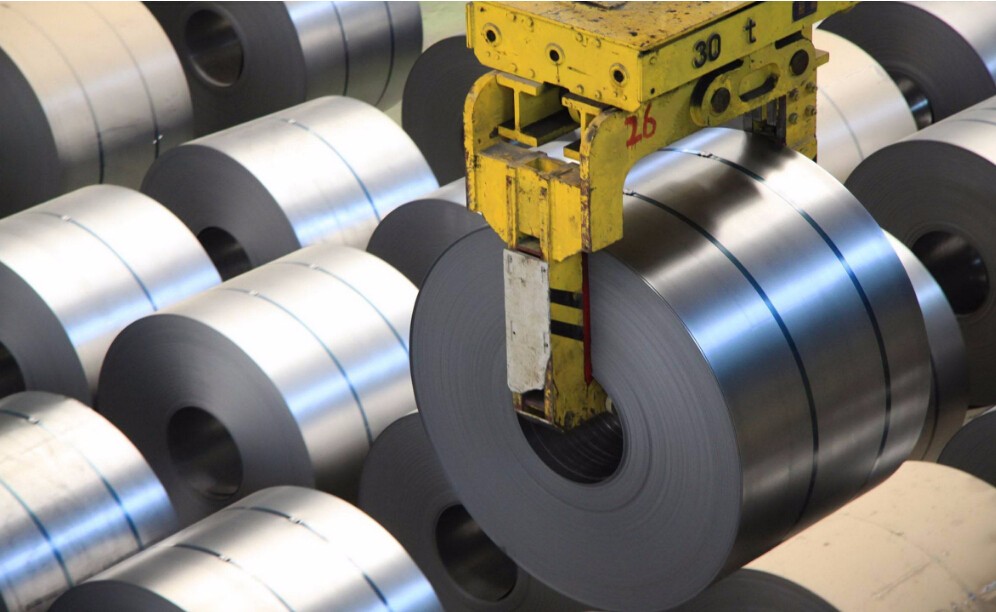There are many kinds of alloy materials in metal materials. The superalloys are very important types. We usually call this alloy heat-resistant alloy materials. This metal material is of great significance to the industrial sector and applied technology under high temperature conditions. Generally speaking, the higher the melting point of a metal material, the higher the temperature limit it can use. This is because the mechanical properties of metal materials decrease significantly with the increase of temperature, and the trend of oxidation corrosion increases accordingly. Therefore, the general metal materials can only work for a long time at 500 ℃ ~ 600 ℃. Metals that can work at temperatures higher than 700 ℃ are generally known as heat-resistant alloys. Heat resistance refers to its ability to maintain sufficient strength and good oxidation resistance at high temperatures.

Superalloy materials are very important for steel production. In many cases, there are two ways to improve the oxidation resistance of steel: one is to add alloying elements such as Cr,Si,Al into steel, or carry out Cr,Si,Al alloying treatment on the Surface of Steel. They can quickly form a dense oxide film in an oxidizing atmosphere and firmly attach to the surface of the steel, thus effectively preventing the oxidation from continuing. Secondly, high melting point oxides, carbides and nitride coatings are formed on the surface of iron and steel by various methods. This material is a superalloy material.
In addition, there are many ways to improve the high temperature strength of iron and steel in the process of steel production. From the chemical point of view of structure and properties, there are two main methods: one is to increase the bonding force between atoms in steel at high temperature. It is pointed out that the bonding force in metal, that is, the strength of metal bond, is mainly related to the number of unpaired electrons in the atom. From the periodic table, the metal bond of element VIB is the strongest in the same period. Therefore, the effect of adding Cr,Mo,W and other atoms to steel is the best.

Another is the addition of elements that form carbides or intermetallic compounds to strengthen the steel matrix. Carbides formed by a number of transition metals and carbon atoms belong to interstitial compounds. On the basis of metal bonds, they increase the composition of covalent bonds, so the hardness is very large and the melting point is very high. For example, adding W, Mo, V, NB can form carbides such as WC,W2C,MoC,Mo2C,VC,NbC, thus increasing the high temperature strength of steel.

The high-temperature alloy material has very important significance in the production of a plurality of metal materials, and the nickel-base, the iron-base, the iron-base and the tungsten-based heat-resistant alloy can be prepared in addition to the iron-based heat-resistant alloy by using the high-temperature alloy production method, and the high-temperature alloy material has good mechanical property and chemical stability at high temperature. In which the nickel-base alloy is an optimal super-heat-resistant metal material, and the matrix in the tissue is a solid solution of Ni-Cr-Co and a Ni3Al metal compound, and after being treated, the nickel-base alloy can reach the temperature of between 1,000 and 1,100 DEG C.
Attending exhibitions, focusing on industry devolpment trend and new technologies,Nexteck Technology Limited keeps pace with the times ,exploring and innovating so as to achievingcontinous development.
TAG: superalloy alloy




